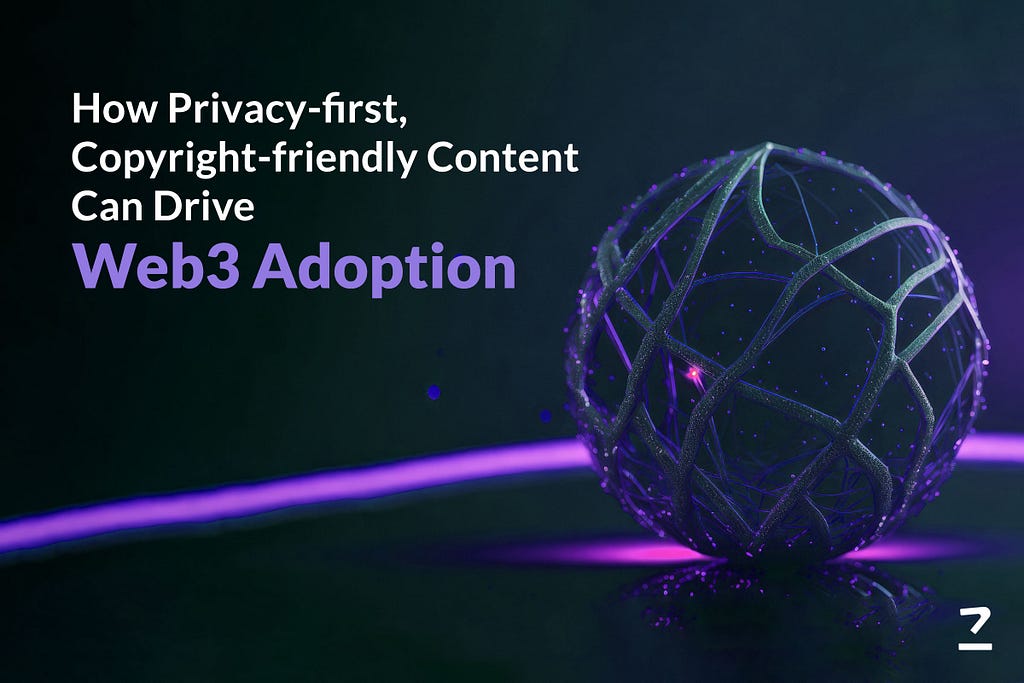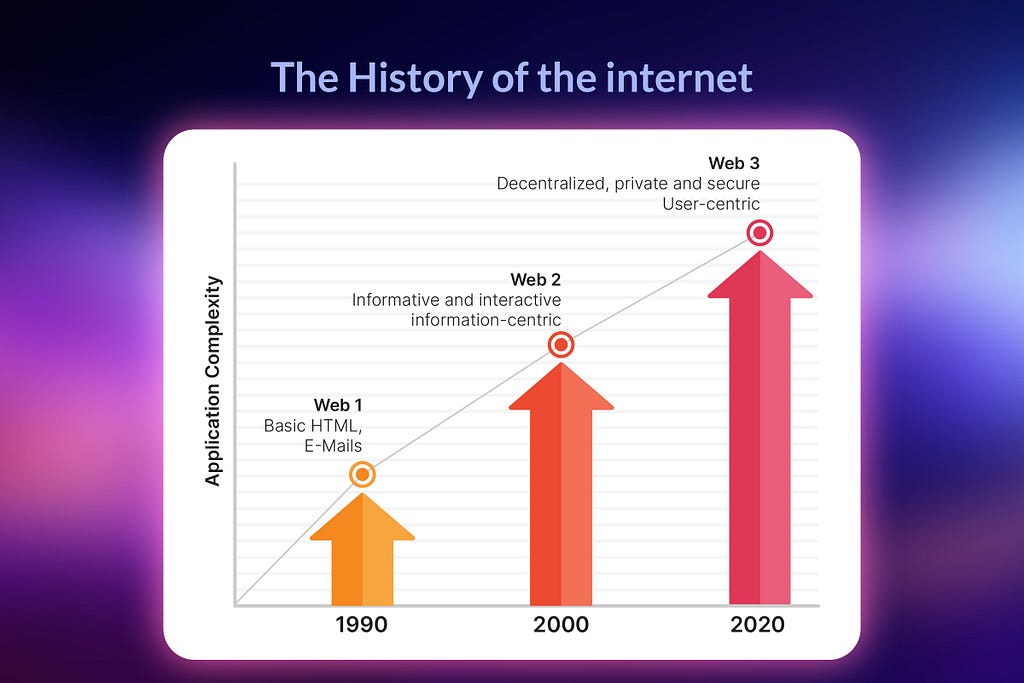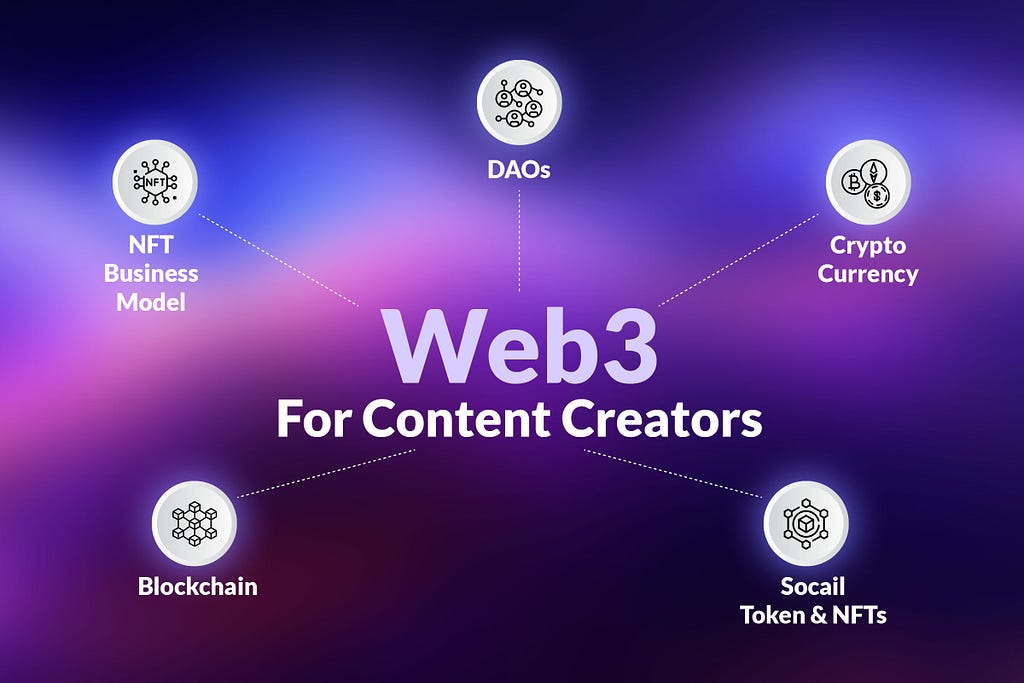
After, Web1 and Web2, Web3 is the next stage of the internet, where users can interact with each other and access content in a decentralized, trustless, and permissionless way. Web3 is powered by blockchain technology, which enables peer-to-peer transactions, smart contracts, and digital assets.
However, Web3 is still in its infancy and faces many challenges and opportunities. Some of the key challenges are scalability, regulatory ambiguity, and cross-chain communication. The ability of Web3 platforms to handle large volumes of transactions and users without compromising speed, security, or cost still hasn’t reached a satisfactory level. There persists a lack of clear and consistent rules and standards for Web3 activities across different jurisdictions and domains. Lastly, blockchain networks and protocols are still often isolated and incompatible with each other, lacking in interoperability.

These challenges hinder the adoption of Web3 by both users and developers, who may find Web3 too complex, risky, or inaccessible. Users may face difficulties in understanding and using Web3 products, such as wallets, dApps, and tokens. They may also have concerns about privacy, security, and trust in Web3 platforms. Web3 development companies may face barriers in building and deploying Web3 applications, such as technical complexity, high costs, and low usability.
Therefore, Web3 adoption remains sluggish despite its potential and promise Content can play a vital role in overcoming these challenges. This is because content is the lifeblood of the internet, and Web3 offers a new way of creating, distributing, and monetizing content that is privacy-first, copyright-friendly, and community-driven. By exploring the current state and future potential of Web3 content, this blog aims to inspire and inform readers about the exciting possibilities and opportunities of Web3.
What Makes Web3 Content More Secure and Private
Web3 is not just a technological upgrade of the internet. It is also a cultural and social shift that empowers users to create, own, and control their online identities, data, and assets. So when it comes to content, there are several unique features and benefits of Web3 that make it copyright-friendly as well as enhance its privacy.

- Privacy
Web3 respects the privacy of users and creators by allowing them to choose what data they want to share, with whom, and for what purpose. When a user or creator puts their content out there on Web3, they are protected from unwanted surveillance, tracking, and censorship by third parties. It becomes possible through methods such as end-to-end encryption and zero-knowledge proofs, which ensure that only authorized parties can access and view the content on a particular platform. Moreover, it is also possible for users to control their own data and preferences, such as what content they want to see, how they want to pay, and how they want to be rewarded when they interact with a platform on Web3.
- Decentralization
Content on Web3 is distributed across a network of nodes rather than stored on a central server. This makes the content on Web3 resilient, accessible, and immutable, as no single entity can control, manipulate, or delete it. Furthermore, when it comes to interacting or creating content on Web3, users and creators can participate in the governance and decision-making of the platforms they use, rather than being subject to the rules and policies of centralized authorities. For instance, several initiators on Web3 employ a decentralized autonomous organization (DAO) to manage their platform, where users can vote on proposals, suggest improvements, and resolve disputes.
- Interoperability
Most creators use open and common formats, such as JSON, XML, and RDF to create content on Web3, which makes it compatible and exchangeable across different platforms. Moreover, the content on Web3 leverages the power of smart contracts which are self-executing agreements that enable the automation and verification of transactions and interactions between users, creators, and platforms. Smart contracts have become the most effective tool to facilitate interoperability. They allow cross-chain communication and integration of content on various platforms, where users and creators can access and share content from other Web3 platforms, such as Ethereum, Polkadot, and Binance Smart Chain.
- Revenue Sharing

One of the most crucial benefits of interacting with content on Web3 is the users and creators can benefit from the value they generate and contribute to the network, rather than being exploited by middlemen who take a large cut of the profits. They can monetize their content in various ways, such as subscriptions, donations, tips, ads, sponsorships, and tokenization. This way, Web3 content fosters a culture of collaboration and co-creation, where creators can support each other and share the rewards of their work. For instance, a particular platform on Web3 can allow creators to issue their own tokens and offer exclusive content, services, and benefits to their token holders.
Summarizing the Advantages of Web3 Features Concerning Content Consumption and Creation
- Web3 allows users to have more control and ownership over their content, enhancing trust and security without having to rely on intermediaries.
- Users and creators have more influence and involvement in the Web3 ecosystem. Decentralization in Web3 increases the diversity and creativity of content, letting users express and explore different perspectives and opinions without fear of censorship or discrimination.
- Users can access and share content from different sources and destinations on Web3 without losing quality or functionality. They can use and integrate different Web3 development services and products, such as cryptocurrencies, tokens, NFTs, and dApps, enhancing the value and utility of the content.
- By rewarding the users for their efforts and contributions to its ecosystem, Web3 motivates the production and consumption of more quality and original content.
Success Stories That Use Content to Boost User Satisfaction
To illustrate how content can leverage Web3’s unique features and benefits, let’s look at some examples of Web3 projects that are using content to engage, convert, and retain users.
- ReadON
ReadON is probably the torchbearer when it comes to projects that exemplify that privacy-first and copyright-friendly content can indeed boost Web3 adoption. ReadON is a Web3 content aggregator that collects and integrates excellent Web3 articles, combines user social portraits, and pushes them in a targeted manner. ReadON also grants NFT copyrights to Web3 article authors, allowing creators to benefit and encourage more high-quality content. Users can equip themselves with “Catto” NFTs, which will allow them to earn in-game currency $READ as they read content. The rate of accumulation will be affected by factors such as content topic, Catto properties, and user experience. The quality and type of content will be community-managed, with users able to vote and sponsor their favorite content through ReadON’s “content staking” model. ReadON uses content to reshape digital reading behaviors in Web3, create a community of readers, and give the power of information dissemination back to the users.
- Basic Attention Token (BAT)
Another ambitious and creative way of utilizing Web3 principles is BAT (Basic Attention Token) which is a token of the Brave Ads ecosystem. The concept idea behind it is that it tokenizes user attention, connecting publishers with advertisers while eliminating the intermediaries. Users can opt-in to view privacy-respecting ads on the Brave browser and earn BAT tokens in return. Publishers can also earn BAT tokens by providing quality content that attracts and retains users. Advertisers can benefit from more accurate and transparent data on user behavior and preferences, as well as from lower costs and higher returns. BAT uses content to inform users about the benefits and features of its platform, as well as to provide tips and guides on how to use and manage their tokens.
- Decentraland
Decentraland is a virtual reality platform that allows users to create, explore, and trade digital assets and experiences in a decentralized way4. Users can buy and sell parcels of land on the Decentraland marketplace, where they can build and customize their own virtual worlds. Users can also interact with other users and participate in various activities and events, such as games, art, education, and socializing. Decentraland uses content to showcase the diversity and creativity of its platform, as well as to inspire and guide users on how to create and enjoy their own virtual worlds.
Final Takeaway
We established how content can be a powerful driver for Web3 adoption. It is the key to unlocking the unique features and benefits of Web3, thereby creating a more vibrant, diverse, and engaging online space.
However, content in Web3 is not without its challenges. Content creators and consumers face issues such as ownership, monetization, governance, and interoperability. These issues require innovative solutions that leverage the power of Web3 technologies, such as blockchain, smart contracts, and decentralized protocols.
Essentially, content on Web3 has the potential to create value, trust, and community, along with enhancing collaboration and innovation. Therefore, it is valid to say that it can help educate and inspire users to join the Web3 movement and explore the new possibilities and opportunities that Web3 offers.
If you are ready to tap into the immense potential of Web3 to enhance your existing project or turbocharge the upcoming one, we at Codezeros are one of your safest bets. Feel free to get in touch with us for a no-cost, initial consultation or to hire our expert Web3 developers.
Original Source — https://www.codezeros.com/how-privacyfirst-copyrightfriendly-content-can-drive-web3-adoption
How Privacy-first, Copyright-friendly Content Can Drive Web3 Adoption was originally published in Nerd For Tech on Medium, where people are continuing the conversation by highlighting and responding to this story.







